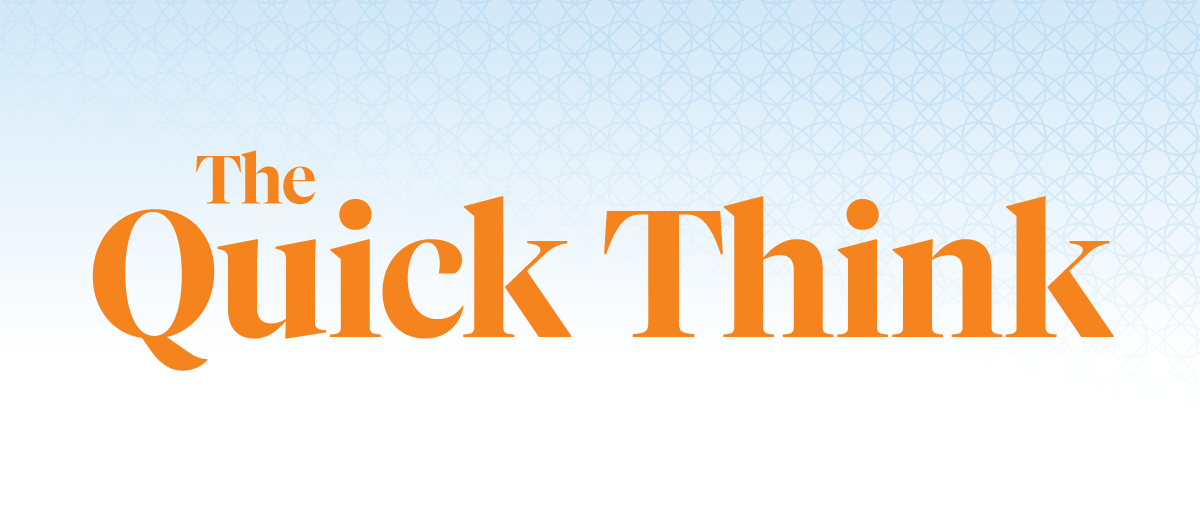Note: This piece was originally published over the weekend in our Sunday newsletter. Want content like this delivered to your inbox before it hits our blog? Subscribe here.
The Big Read: Together – The Healing Power of Human Connection in a Sometimes Lonely World
We usually link to a quick article. But hey, we’re going into a holiday week so of course you have time to read a whole book, right? Surgeon General Vivek Murthy’s work, which was published last April, caught our attention as we’ve been thinking a lot about myriad issues that rise to the surface during the holidays – relationships and connection, equity, community and gratitude.
What it Means for Us
(a two-minute read)
Today we’re leaving the boardroom, C-suite and exam rooms.
Health and community belong to all of us. We frequently talk about social determinants and what can be done at the institutional level. Moving into the holiday season, we’re reminded of the power of our individual, one-on-one actions to support others and our ability to directly impact – for better or worse – their health.
On paper, many of the issues facing healthcare seem disparate. But looking closer, the common thread is a need for human connection. Take the health system whose employees are burnt out and threatening to quit. Or the community hospital where marginalized populations have higher readmission rates – if they were able to access care in the first place. And then there’s the metro facility where food services employees feel left behind and look toward unionization. In each, a fundamental problem is that the people involved don’t feel seen or heard. So, the solution starts with the same first step: Listening in personal, thoughtful settings.
Healthcare inequity takes many forms: gender gaps, racial inequity, mental health stigma, socioeconomics, access to care and so much more. As we think about our personal role in solving inequities, we must first ask, “What’s the win?” How do I define progress? How do I build this human connection to understand the needs? Here’s a place to start:
- Approach people with an authentic desire to build connection. What’s their story? What do they value, and what do they need from us to feel valued? We listen to understand, and we listen so others will feel seen and heard.
- Elevate marginalized voices. Take what you learn from your conversations and bring it to those who have the agency and tools to drive change, whether it’s the CEO or employee supervisor or neighborhood group. Help them create structures that open two-way communications, dismantle communications barriers and empower the marginalized to be heard by those decision makers.
- Partner with those affected by our decisions. People are more accepting of a decision or change when they feel heard, even if the change isn’t what they wanted. Moreover, without the input of those who are directly affected, there’s never a complete solution. Of course, no decision will satisfy everyone. But we can listen to every voice and let everyone feel heard and seen.
- Remember that giving someone a voice doesn’t mean taking it away from others. We’re adding to the conversation and creating richer experiences for all. We’re widening our personal and institutional perspective so that we can find better solutions that benefit everyone.
Human-to-human connections have been devastated by almost two years of physical separation and growing polarization. We as individuals and as representatives of our various organizations need to be cultivating relationships between people, both for our sake and theirs. It’s a way to repair some of the damage of the past and the burnout many are feeling now.
We can’t solve every problem, the solutions to get better aren’t simple and we won’t please everyone. But we can make progress with people who are willing and eager to partner with us – if we give them the opportunity and are willing to partner with them. And that’s a win.
This piece was originally published over the weekend in our Sunday Quick Think newsletter. Fill out the form to get that in your inbox every week.




